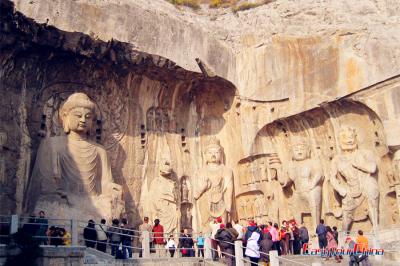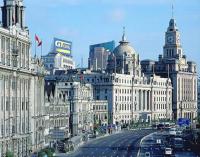Qin Huai River
 Qin Huai River, the biggest river in Nanjing, is 110 kilometers in length and covers a drainage area of 2,631 square kilometers. Being a branch of the great Yangtze River, Qin Huai River is the symbol of Nanjing city and the birthplace of the age-old Nanjing culture.
Qin Huai River, the biggest river in Nanjing, is 110 kilometers in length and covers a drainage area of 2,631 square kilometers. Being a branch of the great Yangtze River, Qin Huai River is the symbol of Nanjing city and the birthplace of the age-old Nanjing culture. Originally called Huai River, the river was channeled to the city of Nanjing during the reign of Emperor Qin Shi Huang. Way back in the Six Dynasties, the areas near the Qinhuai River were flourishing places. Both banks of the Ten-Mile Qin Huai River were home to aristocrats’ residences and a magnet for scholars and writers. However, the areas suffered decline for some time after the Sui and Tang dynasties. Prosperity didn’t return until the Ming and Qing dynasties, when wealthy merchants re-gathered in the areas lined with pleasure quarters. The river was dotted with sailing barges again.
Qin Huai Rive consists of Inner River and Outer River. The inner river is within Nanjing City, and is the busiest section along Qin Huai River. There are many famous sites of interest along the banks of the Qin Huai River, including Zhanyuan Garden, the Confucius Temple, and Egret Islet, China Gate as well as the sailing boats in the river and pavilions and towers on the riverbanks. The local flavor snacks on offer around the Confucius Temple on the bank of the Qinhuai River are among the top four Chinese snack styles. Restaurants, tea houses and roadside snack stalls are everywhere in the area.
More Attractions in Nanjing


